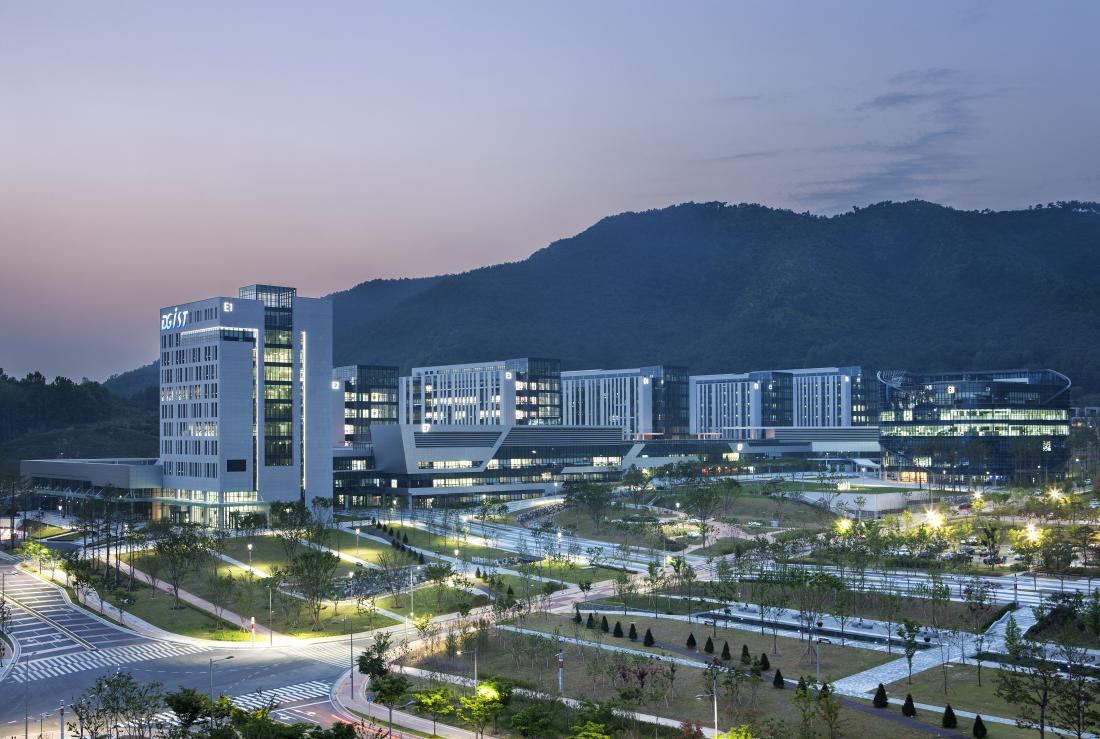□ The Division of Energy Technology research team at DGIST (President Kuk Yang) announced on Wednesday, July 26, 2003, that they have been selected for the Ministry of Trade, Industry and Energy international cooperation project “M-ERA.NET,”[1] hosted by the European Union (EU).
□ “M-ERA.NET” is an international joint research platform specializing in materials, parts, and equipment, founded to support innovative research in materials science and engineering. The platform is operated with the participation of 35 countries worldwide, including 25 EU member states such as Germany and France. The EU, which places a high priority on resolving environmental issues, has been enlisting consortiums and funding research by selecting research topics related to climate change as the major target of support for “M-ERA.NET.”
□ The DGIST Division of Energy Technology research team (principal researcher Dae-Hwan Kim as principal investigator, Research Center for Thin Film Solar Cells director Jin-Kyu Kang, Division of Energy Technology director Shi-Joon Sung, principal researcher Kee-Jeong Yang, principal researcher Dae-Kue Hwang, etc.) will receive 1.5 billion won in funding for the next three years from the Korea Institute for Advancement of Technology (KIAT) through M-ERA.NET and conduct research with Denmark Technological University (DTU)[2] and other joint research institutes. The objective is to conduct research on the growth and enlargement of antimony selenide, the next-generation low-dimensional crystalline semiconductor.
□ This international joint research consortium comprises the National Institute of Material Physics (NIMP)[3] in Romania and the Tallinn University of Technology (TALT)[4] in Estonia, as well as private enterprises such as Lightnovo in Denmark and ULTECH in South Korea.
□ “By being selected for ‘M-ERA.NET,’ DGIST can conduct international joint research with excellent research institutes and companies in Europe,” said principal researcher Dae-Hwan Kim, the principal investigator of this project. Obtaining the opportunity to raise South Korea’s status in antimony selenide, which is one of the next-generation compound semiconductor materials, and make DGIST known to European researchers is a significant accomplishment.”
□ “Antimony selenide is a compound semiconductor material with unique attributes and benefits; however, so far, little active research has been conducted in South Korea,” said co-researcher Shi-Joon Sung. “But with this project, we would now be able to actively pursue full-scale research and development.”
[2] Denmark Technological University (DTU)
[3] National Institute of Material Physics (NIMP)
[4] Tallinn University of Technology (TALT)



